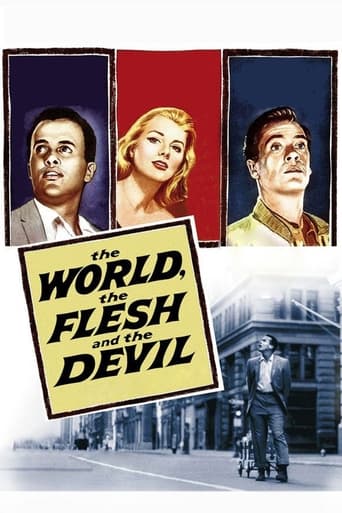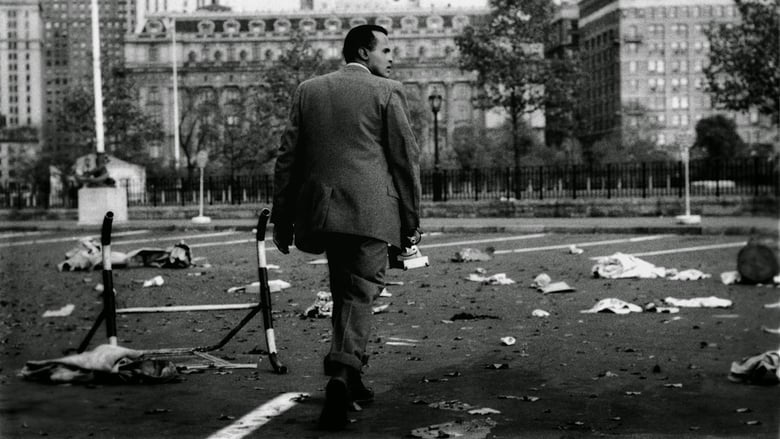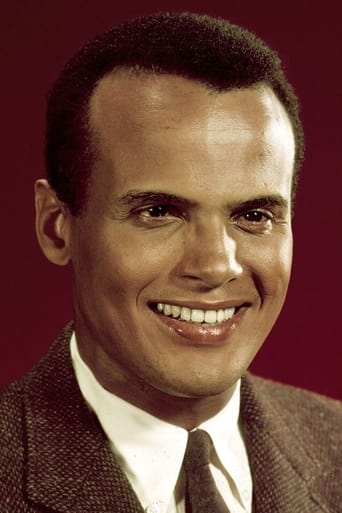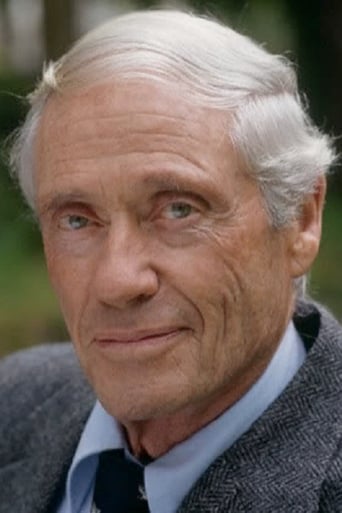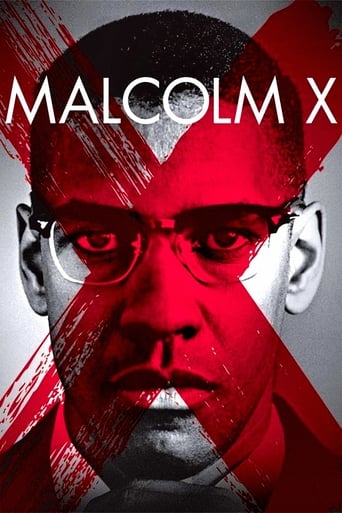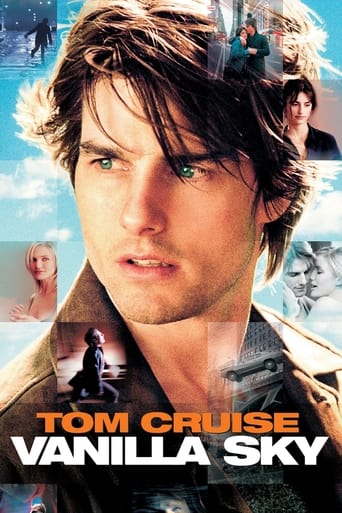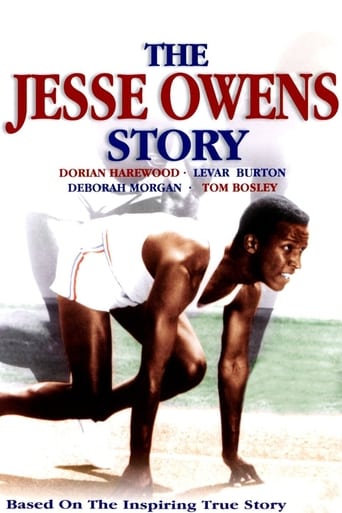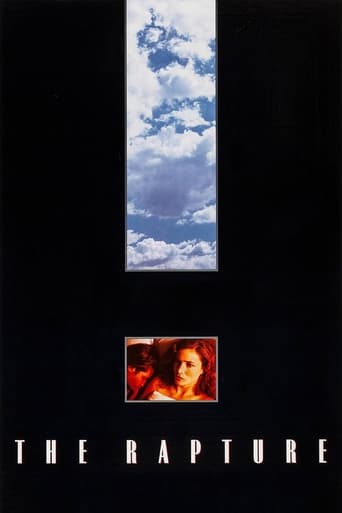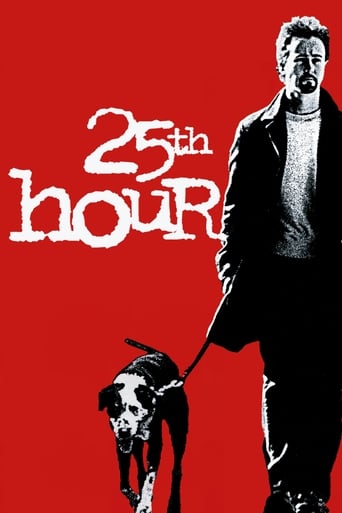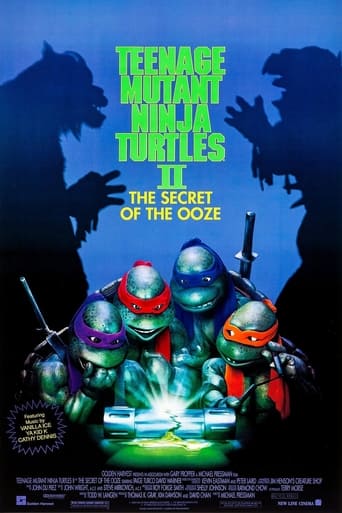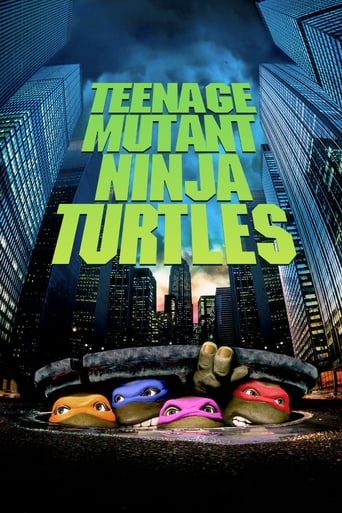The World, the Flesh and the Devil (1959)
Ralph Burton is a miner who is trapped for several days as a result of a cave-in. When he finally manages to dig himself out, he realizes that all of mankind seems to have been destroyed in a nuclear holocaust. He travels to New York City only to find it deserted. Making a life for himself there, he is flabbergasted to eventually find Sarah Crandall, who also managed to survive. Together, they form a close friendship until the arrival of Benson Thacker who has managed to pilot his small boat into the city's harbor. At this point, tensions rise between the three, particularly between Thacker, who is white, and Burton, who is black.
Watch Trailer
Free Trial Channels
Cast


Similar titles
Reviews
Expected more
It's a mild crowd pleaser for people who are exhausted by blockbusters.
It’s fine. It's literally the definition of a fine movie. You’ve seen it before, you know every beat and outcome before the characters even do. Only question is how much escapism you’re looking for.
This is a dark and sometimes deeply uncomfortable drama
Isn't it interesting that it's often science fiction that presents groundbreaking topics so relevant to the real world? What starts as a dystopian film, where Harry Belafonte's character finds himself alone in a world destroyed by WWIII while he was buried in a mine shaft, quickly introduces racial themes when he finds a white woman played by Inger Stevens. The two of them turn in strong performances, both beautiful and expressive, with great scenes including her returning from a 'shopping trip' (quipping "the service was terrible, but I got a few bargains"), him cutting her hair at her insistence (though she grows concern with each hack he takes), and him setting up service for her on her birthday at a supper club. The racial undertones start with Belafonte concerned about the two of them living together because "people will talk" (what people?!), and then Stevens exclaiming "I'm free, white, and 21, and I'll do what I please" while flustered, that ultimate assertion of white privilege at that time. I love how Belafonte calls her on it later, saying that while it's just an expression to her, "to me it's an arrow in my guts!" You know then that the film is actually saying something. Things get even more complicated when Mel Ferrer shows up, and immediately, even with only three people in the world, we feel the basis for so much of mankind's problems – sexual jealousy, and racial divisions – captured in a nutshell.Stevens is more attracted to Belafonte, who is charming, sings, takes interest in preserving books and paintings, fixes things like the electricity, phones, and radio, and who loves her too – but he's black. Ferrer, on the other hand, is a chauvinist who literally says "Me man, you girl, how about it?" The film tried to toe the line with what would be acceptable in 1959, and doesn't include an interracial kiss (despite the cast's wish that it would have), because producers deemed that America was not ready for that – and indeed it wasn't, given the reaction to the film in the South. There are fantastic scenes of the two men hunting each other in the deserted New York, including a scene at Ralph Bunche Park with the phrase from Isaiah ("They shall beat their swords into plowshares ") on the wall in the background. I loved the ending ("The Beginning") as well, campy as it might have been.If you watch and find the beginning dragging a bit, give it a chance. I think one of the main problems is we've seen this "last man on the earth" type scenery copied so many times in films over the years. Belafonte was a huge star at the time, but I personally could have done without his songs, not because they're bad or anything, but because I think they defocus things. Inger Stevens, who others know as the "Farmer's Daughter", but who I remember fondly from the 1967 movie "A Guide for the Married Man" with Walter Matthau, is a good match for him. Overall, the film seems to capture so many elements of the 1950's – the fear of nuclear war, a little bit of the 'B movie' camp (I mean, check out that title), and the racial unease, with a hint of the progress that would follow. It may feel a bit like an extended Twilight Zone episode with a bigger budget, and it's very well done.
This is not a dull movie but when you really examine the plot it makes little sense.What happened to all the people killed by radiation? They wouldn't just vanish. Evacuating everyone from a huge city like New York seems impractical. Where would they all travel to?Why would a guy who's got experience with mines and power supplies not even think to try the tap water in an apartment vs. lugging water upstairs? People would automatically at least turn a spigot once.Why are so many guns tossed away in temporary fits of disgust? In a future like that, people would horde guns for self defense against the dark forces. Or at least hunting, if any animals survived.Last but not least, why would that same (black) guy, in proximity to an extremely shapely white woman, make race such an issue with almost nobody else around to care? Good grief, man, just go for it!I found this film too tunnel-visioned to be realistic, given the circumstances of its setting. It forced a narrow, racial concern into a world where it no longer applied. But it's well made enough to be worth watching. The ambiguous ending is also interesting, though its practical implications are risqué.
When I was a LOT younger I remember seeing this film and being fascinated by it. As time passed and I grew older, I forgot the details until all I could remember was an apocalypse movie with some singer in it that my mother had liked. As the years passed I forgot it completely and it was only recently that I came across it again and had the pleasure of watching it as an adult.To watch it now only highlights how far we've come as a society. Sometimes we forget, immersed in our day-to-day troubles, just how much better times are now. We have evolved, as a society, but to those of us who are part of that evolution, the changes happen so slowly we don't notice them. At least, not until something like this movie is revisited to see how things WERE.The story follows the fortunes of a young black engineer after a mysterious apocalyptic event destroys all trace of humanity from the Earth. Man's works are left behind, but of man himself there is, for the early part of the film, only Belafonte's character.With typical stoicism born of the post-war era, Belafonte first digs himself free of a collapsed mine, then sets about making a home for himself in the empty city. Bereft of companionship, his future looks a lonely one as he slowly pieces together what has happened to the world.Of course, he soon discovers a white female survivor and this is where the film really starts to shine. The interplay between the two is electric and both Belafonte and Stevens give dynamic performances as they struggle to come to terms with their growing attraction to one another. Belafonte is particularly adept at getting across how the mindset of non-whites led them to believe they were inferior.Given the time the film was made this in itself would be enough to make a fantastic film, but it's not enough for this movie. After a period where Belafonte and Steven's characters seem to have come to some sort of "truce" between themselves, they discover a third survivor - a white male.Needless to say, the character dynamic undergoes a dramatic change, with Ferrer's white character trying to dominate the trio and taking an interest in Steven's female character.All the usual love-triangle difficulties arise, made all the more intense because of the inter-racial aspect. As tensions mount, the two males eventually come to blows over the female regardless of her wishes in the matter.So, what we have are inter-racials tensions along with (for the time) typical male misogyny.The film is essentially this dynamic played out to an extreme. However, it is in fact the final scenes of the movie that really set it apart as something phenomenal.Having fought and nearly killed each other, it seems set that the men will go their separate ways and the woman must choose one of them. However, with a truly unique twist, she chooses them both and the final scene is the three of them walking off into the distance, hand in hand whilst over the top of the scene appear the words "The beginning.." It may not sound like much, but for 1959 this was a truly epic scene to put on celluloid. The notion that a white woman might have relations with a black man let alone (as hinted strongly here) that there might be a threesome going on, was something that just wasn't done.For those who didn't grow up with any of that racial or sexist nonsense, it might seem bizarre or unrealistic that such things were a big deal. And for you, the best equivalent I could cite in today's world as a similar taboo might involve a brother/sister incest relationship. It really was that big a deal back then.Films like this are often forgotten, or ignored on channel playlists because of their age or content. This is a massive shame, because there are some truly magnificent films out there that are fading almost into myth because of a lack of exposure.It is films like this that show us just how far we've come in fifty odd years. But it is also films like this that show us that, even back then, there were those who hoped for change and expressed that hope and desire through the medium of film.If you like a good, tense character drama, then you'll not find many better than this one.
This fine movie is available through "dvd-r" sellers but it definitely deserves a studio release that takes full advantage of the outstanding score, quality acting, and superb, almost breathtaking shots of an abandoned New York City. I disagree with those who claim that ending is some kind of cop-out. Instead, for 1959, it was quite provocative and dramatic. It seems clear that the black man has been "chosen" by the white woman. That the "loser" was asked to and did go off with the two hand in hand doesn't change that. The treatment of the race issue is ironic in that after Inger Steven's suicide it was revealed that she had been married to a black man. Apparently some theater owners in the South refused to show the film. The movie is important both as an excellent example of "end of the world" fare as well as a thought-provoking and for its time quite controversial examination of race and its seemingly perpetual role in personal and societal identity. As apparently Warner holds the copyright readers should contact them and request that this title be released on DVD.

